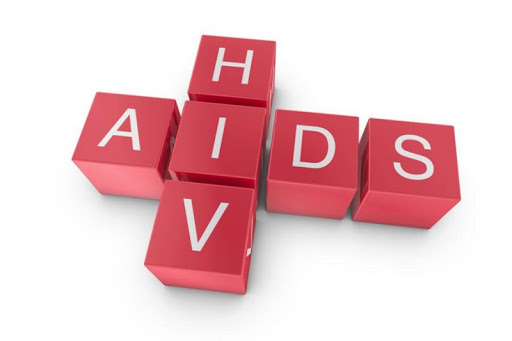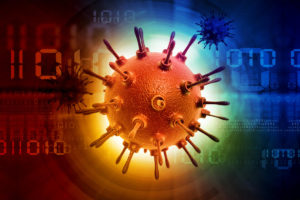HIV is a virus that weakens the immune system, which can leave the body vulnerable to infections and diseases.
A person can transmit HIV through certain bodily fluids, such as blood, semen, and breast milk. HIV cannot survive in other body fluids, such as saliva, tears, or sweat unless blood containing HIV is also present.
This means that people are not at risk of contracting the virus if they kiss someone who has HIV.
This article will debunk the myth that people can contract HIV through kissing. We also discuss how HIV is and is not transmitted.
A person cannot transmit HIV through kissing because the virus is not present in saliva.
HIV can enter the body through damaged areas in the mucous membranes lining the vagina and the rectum. The mouth also contains mucous membranes, but they do not contain cells that are vulnerable to HIV, such as those present in the vagina and rectum.
Saliva contains several proteins and enzymes that serve many different functions, such as beginning the digestion process, assisting in mouth lubrication, and even fighting off germs.
Secretory leukocyte protease inhibitor (SLPI) is an enzyme present in saliva, mucus, and seminal fluid. SLPI prevents HIV from infecting monocytes and T cells, which are types of white blood cell and part of the immune system.
Saliva contains much higher concentrations of SLPI than vaginal and rectal fluids. This may explain why HIV is mostly present in body fluids other than saliva.
Kissing a person living with HIV will not put someone at risk of contracting HIV. According to the Centers for Disease Control (CDC), a person cannot transmit HIV through saliva or closed-mouth kissing.
However, the CDC also state that in extremely rare cases, a person can transmit HIV through “deep, open-mouth kissing if both partners have sores or bleeding gums and blood from the HIV-positive partner gets into the bloodstream of the HIV-negative partner.”
Emilia




